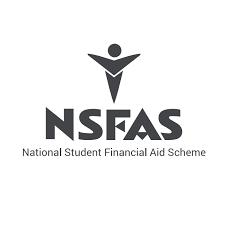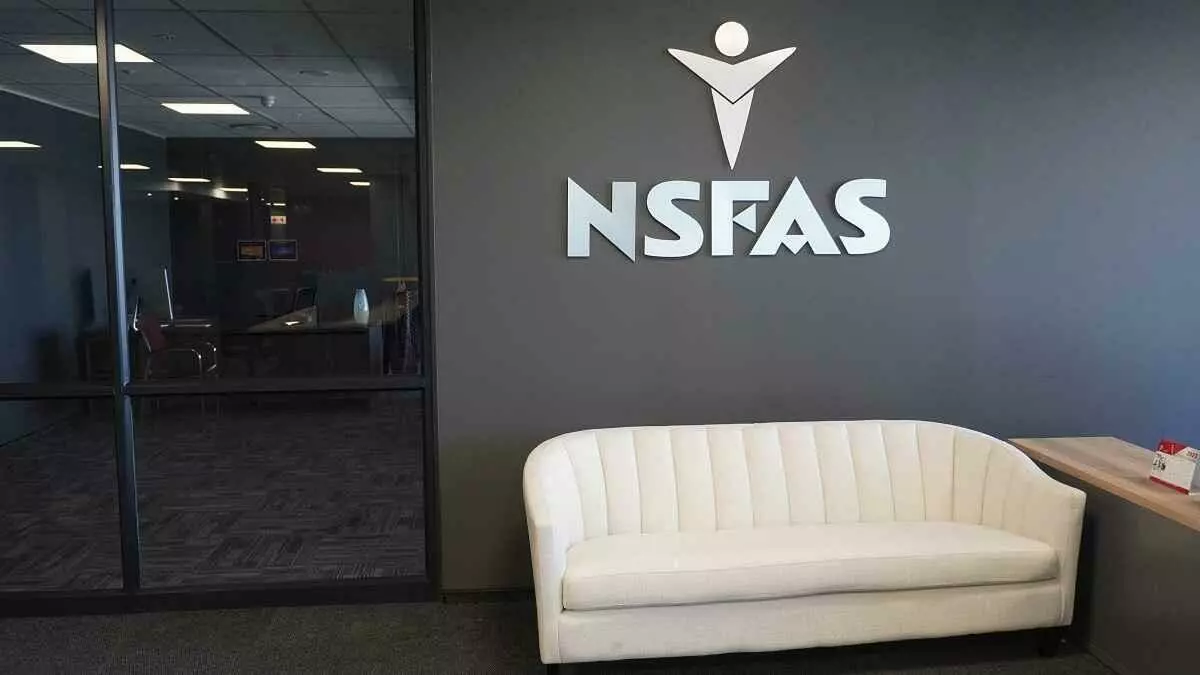NSFAS has indicated an increase in the number of students who qualify for funding, in both universities and colleges. However, there are a number of potential challenges that could play out during the new year.
The National Student Financial Aid Scheme (NSFAS) indicated an increase in the number of students who qualify for funding, in both universities and colleges.
However, the financial aid provider has noted that the issue still lies with accurately projecting the costs needed to fund students enrolled in Technical and Vocational Education and Training (TVET) Colleges, but the increase in qualifying students will be covered in the allocated budget.
NSFAS has projected a 7% increase in the number of students qualifying for NSFAS bursaries.
The data was revealed at a Parliamentary Meeting held in November, 2022, where Universities South Africa (USAf) requested a meeting with key stakeholders after noting several concerns in respect to the proposed changes to the way NSFAS will conduct its business in 2023.
The Department of Higher Education and Training (DHET), South Africa’s Parliamentary Committee and various other stakeholders were all in attendance to assess and discuss the state of readiness for the upcoming academic year.
Earlier this year, NSFAS approved draft guidelines for the 2023 academic year, which will be submitted to the Minister of Higher Education, Blade Nzimande for approval.
These draft guidelines, if approved, will impact students and how the bursary funds are managed.
USAf raised their concerns as the financial aid providers plans to issue students with paid-for banking cards and services (that are currently free), challenge proposed financial capping of accommodation allowances, and an envisaged plan by NSFAS to accredit student accommodation without the assistance of universities.
NSFAS has actually stated that for 2023, the entity is planning for a “delay-free” year.
Predictions for NSFAS for 2023 were indicated as follows:
- 394 115 continuing students as well as 165 111 new applicants, results in 559 226 university students seeking funding for 2023. Thus, the figure will cost the Department R39 138 662 187, with an average cost of R69 987 per student.
- 337 224 TVET students will cost around R8 855 149 104.
During the meeting, it was projected that 337 224 students will qualify for TVET Bursaries in 2023, compared to 227 110 funded in 2022. This is a projected 48% increase in qualifying students, resulting in a budget shortfall of R1.9 billion in the TVET sector.
This will, however, be covered through the previous year’s savings.
The financial aid entity also proposed direct payments to beneficiaries, to avoid the continuing problem of late payments by institutions, which has often resulted in many unrests from frustrated students.
In terms of the budget projections for the 2023 academic year, based on the projected figures for universities, NSFAS will require R3.5 billion to cover the beginning-of-year allowances for three months (February to April 2023); this includes allowances for medical students that should be paid in January.
For TVET Colleges, projections include tuition and allowances and colleges require upfront tuition for cash flow purposes at the beginning of the year.
The amount required in December for TVETs is R1.9 billion and R 5.4 billion is required at least by December and January 2023, to enable the disbursement to be in effect at the start of the academic year.
NSFAS has identified other funder resources that can be utilized and reimbursed at a later stage.



